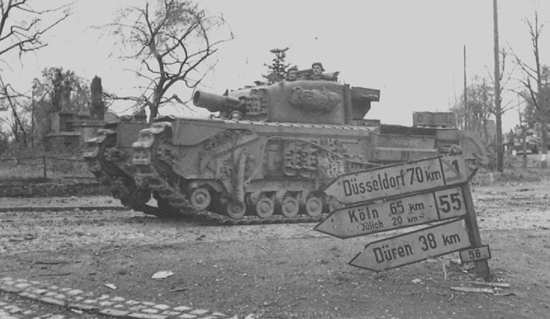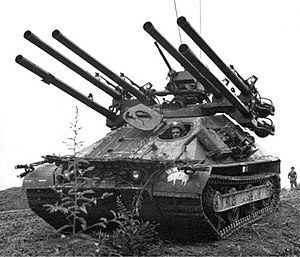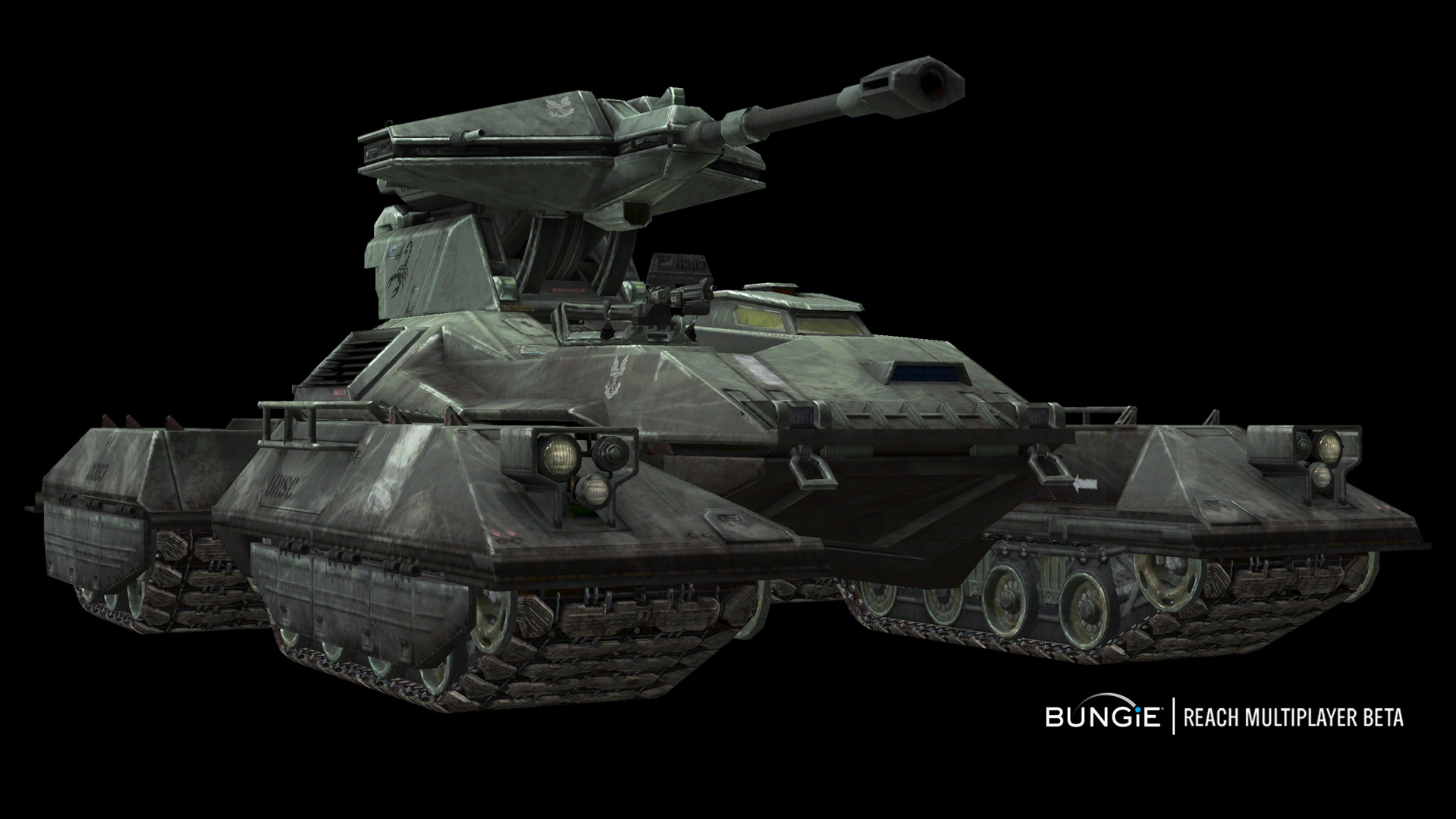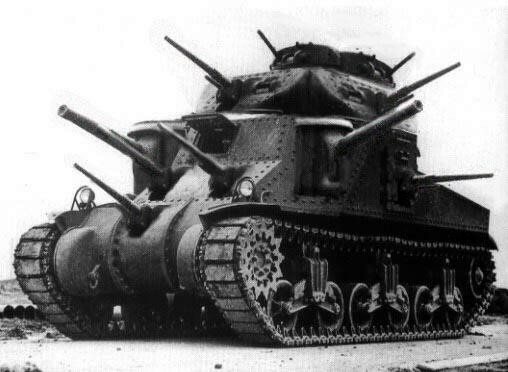[HEADING=1]INJUSTICE LEAGUE[br]ASKS [br][small]=*TANKS*=[/small][/HEADING]
Two fish are in a tank. One turns to the other and says "Do you know how to drive this thing?"
*cough cough*
Ok ...Ever since being introduced to games like Company of Heroes and books like Achtung - Panzer!, I have found that my interest in the various armoured fighting machines of World War II has increased enormously. The beauty of their destructive designs is inspiring. Makes a man want to reach for world domination with an unstoppable tank army of his own...
*ahem* I got carried away. Ignore the evil machinations behind the curtain.
The following are some of the machines I have become particularly interested in during my ongoing investigations. Some are more easily recognizable then others for having been commemorated in various war reels and films:

This is the T-34-76, one of the most recognizable tanks in the world, thanks in no small part to its sweeping and lasting effect on their design and combat role. It was the most produced tank in the entirety of World War II and the designation 76 refers to its 76.2mm gun, the most powerful tank gun at that time.
When this tank was first encountered by German tank crews, they were stunned to discover that its sloped armour was impervious to any standard anti-tank weaponry in their arsenal. Upon seeing it for themselves, the tank generals von Kleist and Guderian dubbed it "the deadliest tank in the world." Along with its more heavily plated cousin, the KV-1, its effectiveness had a profound psychological effect on the German army and forced them to upgrade their Panzers and begin production of the fearsome Tiger I.
* * *

[HEADING=2]T-34-85[/HEADING]
Over the course of the war, despite high and often disastrous losses in manpower, vehicles and equipment, delaying actions fought by the Red Army meant that many factories could be essentially packed up and relocated behind Soviet lines before the advancing Germans could reach them, allowing the T-34 to enjoy a relatively uninterrupted production and upgrade cycle to match emerging German tanks like the Panzer IV. One of its most notable upgrades was the replacement of the turret with a larger, radio-equipped three-man turret, freeing the commander from gunning and loading duties. This also allowed for a larger 85mm gun to be installed.
By May of 1944, over 1,000 of these newer T-34-85 were leaving the factories every month - at increasing numbers and decreasing costs - while the more time-consuming and expensive upgrade methods of the Wehrmacht saw them unable to compete in terms of sheer numbers. In 1945, the T-34-85 saw action in the Manchurian campaign, completely surprising and overwhelming the Japanese Imperial Army.
A testament to the sheer effectiveness of this Russian tank's design was its wide post-war exportation, its continued development into the T-54/55 series of tanks - which in turn was a stepping stone to the T-62, T-72 and T-90 tanks still in use today - and its eventual and inevitable bastardization by the Chinese military.
The future of this family remains uncertain, but the T series may continue as the Universal Combat Platform T-99 in the year 2020.
* * *

[HEADING=2]ISU-152[/HEADING]
The ISU-152 was forged into existence to provide a self-propelled alternative to the existing howitzers in use by the Red Army - towed artillery pieces could become stuck in mud or snow and were reliant on their crews, horses or scarcely-available tractors to pull them, while this fearsome gun, which inherited its nickname "The Beast Killer" from its predecessor the SU-152, could advance directly in the face of fire and destroy fortifications at ease with its enormous shells, or perform well enough as an tank destroyer to challenge some of the heaviest of German vehicles - Panthers, Tigers and even the feared Elefant [http://s1.1zoom.me/big3/566/334957-blackangel.jpg?m=1] (or "Ferdinand").
Although the weight of its shells meant a smaller store of ammunition and the potential of an experienced crew to fire a maximum of 3 rounds a minute, while working in groups or under cover of infantry and its own DShK [http://world.guns.ru/userfiles/images/machine/mg03/dshkm_002.jpg] heavy machine gun, it could reduce pillboxes and fortifications to rubble or fatally shock enemy tank crews with its massive high-explosive warheads.[footnote]Though the high-explosive shells could not penetrate the armour of tank destroyers like the Elefant, their blast alone could cause a concussive effect or pepper the crew with metal splinters, killing them but leaving the vehicle to be towed away with considerable difficulty (a chain of tanks was required to tow an Elefent) and repaired for its return to battle.[/footnote] Along with the IS-2, it proved itself to be invaluable in urban conflicts like the battle of Berlin and went on to be used in theatres across the world after the war's end.
* * *

[HEADING=2]Katyusha[/HEADING]
The Katyusha earned its nickname through concerns for secrecy - throughout the course of its development, it had been given several code names and was eventually classed as a Guards Mortar[footnote]The Guards honorific, along with its associated badges and banners, was awarded to those soldiers who had distinguished themselves in combat. Guards units were considered elite among their peers.[/footnote]. Because they were marked with a letter K indicating their factory of origin, Red Army Soldiers affectionately named these vehicles after the popular wartime song Katyusha, about a girl whose beloved had marched away to war.
Katyusha launchers could be mounted onto a variety of different trucks, tractors or even a tank chassis (such as the KV-1[footnote]The KV-1 [http://www.track48.com/shop/images/P/kv1-84813.jpg], named after Kliment Voroshilov (People's Commissar For Defence and "the biggest bag of shit in the Army"), was one of the only Heavy Tanks in the world when it was first encountered by Panzer crews. Its armour was so effective that a KV-1 could often only be destroyed with a shot at very close range, often to the rear. The attached picture depicts a KV Heavy Tank with a machine gun in the rear of its turret.[/footnote], although this was considered to be a waste of heavy armour). As with other artillery pieces in the Soviet arsenal, Katyushas were often amassed to unleash a withering shock effect onto their intended target. To the German infantryman, the distinctive howl of a Katyusha battery, which they themselves had nicknamed "Stalin's Organ", was psychologically battering. The trucks could rain down fire on an area the size of several football fields before relocating and reloading, which could take up to 4 minutes. Due to their relatively simple and inexpensive nature, they could be quickly produced from factories all over the Soviet Union.
Today, the tried and tested Katyusha's nickname continues to live on and is applied to modern vehicles like the BM-21 "Grad" [http://upload.wikimedia.org/wikipedia/commons/d/d8/Russian_BM-21_Grad_in_Saint_Petersburg.JPG] and derivative vehicles in use in other countries across the world.
* * *

[HEADING=2]SU-76[/HEADING]
This infantry support gun was created using a modified chassis taken from the increasingly obsolete T-70 [http://www.wwiivehicles.com/ussr/tanks-light/t-70-light-tank/t-70-light-tank-04.png] Light Tank[footnote]The chassis of the T-70 would go on to provide a base for the ZSU-37 [http://serkoff.narod.ru/zsu-37-0004.jpg] SPAAG, or Self-Propelled Anti-Aircraft Gun.[/footnote]. Over the course of the Great Patriotic War, it came to replace the T-70 almost completely in the role of infantry support. The open rear compartment of the SU-76M allowed for effective cooperation between infantry and vehicle crews, making it a favoured weapon during city fighting, while it could also traverse problematic swamps, launch close-range flanking attacks and even provide light artillery support due to its outstanding gun elevation among its peers.The SU-76 saw much action en masse, both during and after World War II[footnote]SU-76s were employed by Communist forces and, after their capture, by the South Korean Army, during the Korean War.[/footnote], for its simplicity and reliability. Despite its cumbersome steering - which earned it its less-than-affectionate moniker - its ease of construction gave it pride of place as the second most produced vehicle in the Red Army's arsenal.
* * *

[HEADING=2]Tank, Infantry, Mk IV[/HEADING]
According to Winston Churchill, the name of this tank honoured not him, but rather the memory of Sir John Churchill, 1st Duke of Marlborough and distant ancestor to the acclaimed Prime Minister. The thinking behind its unusual design and shape was similar to that of the KV-1: it was to be a slow, lumbering beast that would advance alongside the infantry, crushing barbed wire and having a relatively light gun for the purpose of destroying fixed emplacements - in short, it was designed for trench warfare and was the antithesis of lighter and more independent cruiser tanks like the Cromwell [http://images.forwallpaper.com/files/images/c/c4a4/c4a484ff/103941/art-tank-cruising-the-tank-cromwell-cruiser-cromwell-british-middle-tank-gauge-and-mark.jpg].
The troubled Churchill went through a multitude of redesigns even before it could be used in combat, and while the KV series of tanks was eventually discontinued after the KV-2[footnote]The KV-2 [http://www.anticsonline.co.uk/l.aspx?k=105734966], being a "bunker buster", was considered too slow and unwieldy for the changing nature of tank warfare, while the T-34 could perform similarly or better in most respects - and was more frequently upgraded and cheaper to produce. Thus, the KV-2 was relegated to being one of the more obscure tanks of the war.[/footnote] in favour of the lighter T-34 and the heavy IS-2[footnote]The IS-2 [http://s1.1zoom.me/big3/542/355412-Berserker.jpg?m=1] (or Iosef Stalin) Heavy Tank was named for the dictator himself after Kliment Voroshilov had fallen out of political favour. While roughly equivalent to the German Tiger I, it could fire less frequently and carry a smaller ammunition load. When firing high-explosive rounds, however, it was extremely effective, particularly in the Battle of Berlin.[/footnote], the Churchill was continually modified into a heavier, slower and more well-armed Heavy Tank as a response to the emergence of later German tanks.
While later models like the Mark VII (or "Heavy Churchill") had improved, welded armour and a heavier 75mm gun, they lacked sufficient firepower to effectively challenge later German tanks such as the Panther [http://s2.goodfon.su/wallpaper/previews-middle/470843.jpg]. Its flat side plating and the decreasing speed of its outdated engine meant that it was increasingly suited to an infantry support role, rather than tank-to-tank combat. It was in this capacity that it went on to serve with considerable effectiveness, particularly when equipped as a "Crocodile", or flamethrower tank.
The Churchill tank saw use in theatres across Europe, with the Mk III fighting in Russia in 1943 while other versions were employed in bridge-laying, mine-clearing and a various other duties throughout the course of the war.
* * *

[HEADING=2]Churchill AVRE[/HEADING]
The AVRE, or Armoured Vehicle Royal Engineers, was one of a series of modified Churchill tanks designed to combat the problems that amphibious tanks had faced during the costly and largely unsuccessful Dieppe Raid. These were the brainchild of Major General Percy Hobart, the 97th Armoured Division and the Royal Engineers, and were dubbed "Hobart's Funnies".
The AVRE exchanged the usual main gun for a high-explosive Petard Mortar that launched an 18kg "flying dustbin" up to 137 metres in range. This was used for the purpose of destroying concrete bunkers and roadblocks. Descendants of the "Funnies" exist today as modern Combat Engineering Vehicles.
I hope you found some of this information of interest. Please feel free to share any corrections or clarifications you may have!
Now, dear reader, it is your turn, so go ahead and share any interesting facts and stories you have come across about military vehicles that interest you! This includes tanks, assault and self-propelled guns (and artillery), tank destroyers or anything that was ever welded onto a tank chassis and used in a theatre of war.
I welcome pictures, war stories from crews, newsreels, anything at all that you can share in this celebration of weird and wondrous military designs!
[HEADING=3]-Share your Tank stories, preferences and thoughts-[/HEADING]
[hr][small]-Barbas-[/small]
[small]-Shah of Wishes and Folly-[/small]
THIS THREAD APPROVED BY THE INJUSTICE LEAGUE






